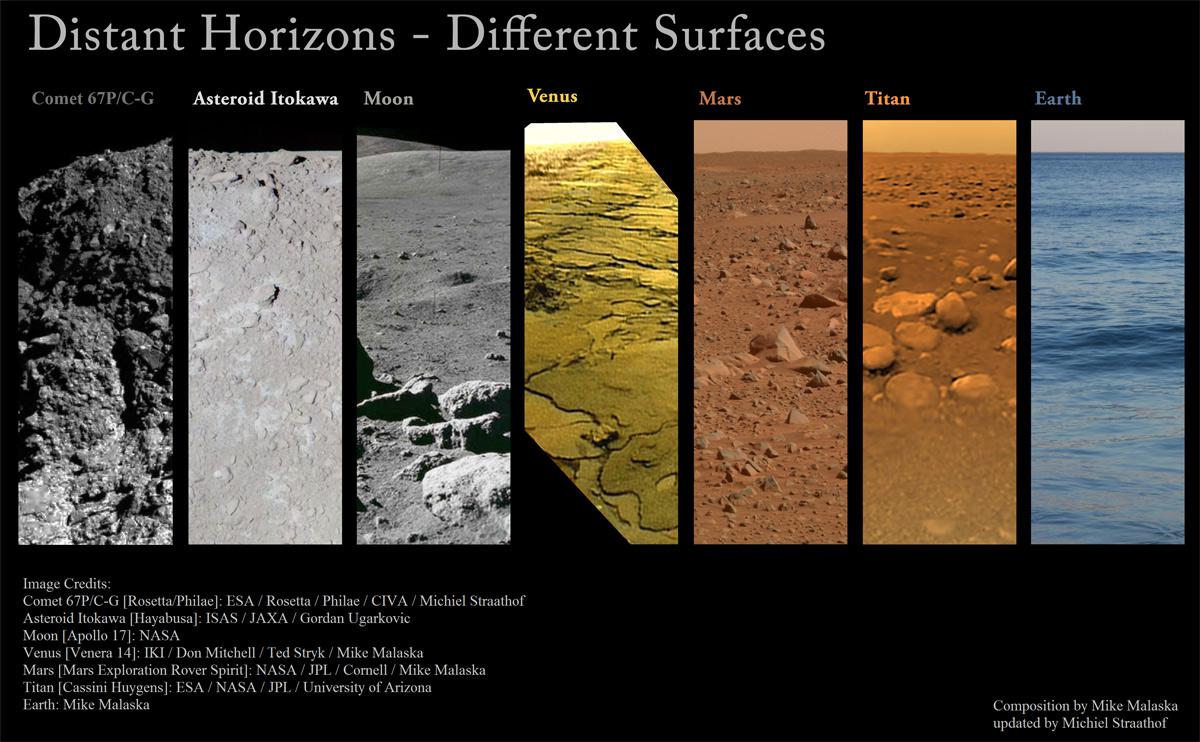“Ah, but our reach should exceed our grasp, Or what are the heavens for?”
—with apologies to Robert Browning
We humans have lived on Earth a long time. Hundreds of thousands of years, give or take, depending on what you define as human. And all that time we have yearned to reach the stars, to explore, to find out what exists elsewhere.
We’re just now starting to do just that. We’ve only been able to fly for a little over a century, and the elapsed time since we first left our atmosphere can be counted in decades, less than a human lifetime. We’re taking our first tentative steps.
And yet we have accomplished so much! We’ve sent our spacecraft to every major body in the solar system, and quite a few minor ones besides. We’ve continuously occupied space for years, and we’ve launched observatories into orbit that examine the Universe in every wavelength regime of the electromagnetic spectrum.
And we’ve done even more: We’ve set down on other worlds. Certainly, most have been through our robotic proxies, but given the inhospitable nature of so many of these worlds, that’s not surprising.
And now we can include an entirely new body to that list: a comet, thanks to the Philae lander sitting on the surface of 67P/Churyumov-Gerasimenko.
To celebrate that, Michiel Straathof has updated Mike Malaska’s classic “Distant Horizons” mosaic to show all the worlds that humans have touched.
From left to right we see the comet; the asteroid Itokawa, seen by the Japanese Hayabusa probe; the Moon from Apollo; Venus from the Soviet Venera 14 lander; Mars from the Spirit rover; Titan from the European Space Agency’s Huygens probe; and our own fair and watery world.

Photo by Michiel Straathof and Mike Malaska, with additional credits listed in the photo
We see the horizon of each, a poetic and fitting tribute to our own nature of looking beyond. As each of these landings is a magnificent accomplishment worthy of our praise and awe, they are yet each still just a stepping stone, a footprint that leads beyond.
After all, as Konstantin Tsiolkovsky, father of rocketry, has often been quoted:
“The Earth is the cradle of humanity, but one cannot live in the cradle forever.”